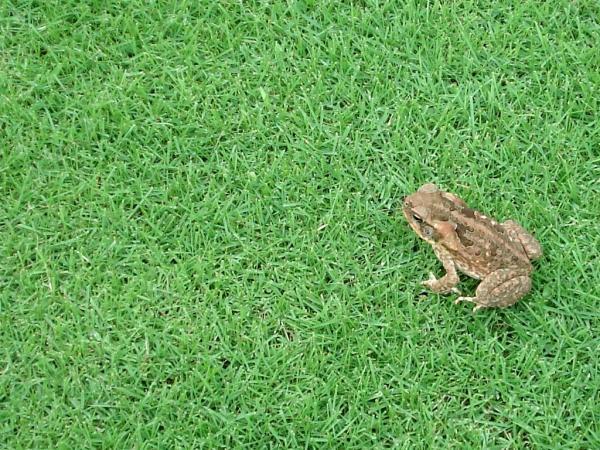Spring Lawn Care
go.ncsu.edu/readext?657938
en Español / em Português
El inglés es el idioma de control de esta página. En la medida en que haya algún conflicto entre la traducción al inglés y la traducción, el inglés prevalece.
Al hacer clic en el enlace de traducción se activa un servicio de traducción gratuito para convertir la página al español. Al igual que con cualquier traducción por Internet, la conversión no es sensible al contexto y puede que no traduzca el texto en su significado original. NC State Extension no garantiza la exactitud del texto traducido. Por favor, tenga en cuenta que algunas aplicaciones y/o servicios pueden no funcionar como se espera cuando se traducen.
Português
Inglês é o idioma de controle desta página. Na medida que haja algum conflito entre o texto original em Inglês e a tradução, o Inglês prevalece.
Ao clicar no link de tradução, um serviço gratuito de tradução será ativado para converter a página para o Português. Como em qualquer tradução pela internet, a conversão não é sensivel ao contexto e pode não ocorrer a tradução para o significado orginal. O serviço de Extensão da Carolina do Norte (NC State Extension) não garante a exatidão do texto traduzido. Por favor, observe que algumas funções ou serviços podem não funcionar como esperado após a tradução.
English
English is the controlling language of this page. To the extent there is any conflict between the English text and the translation, English controls.
Clicking on the translation link activates a free translation service to convert the page to Spanish. As with any Internet translation, the conversion is not context-sensitive and may not translate the text to its original meaning. NC State Extension does not guarantee the accuracy of the translated text. Please note that some applications and/or services may not function as expected when translated.
Collapse ▲North Carolina has approximately 2 million acres of turfgrass, most of which are classified as residential home lawns. Home lawns can be expensive to maintain, consume a large majority of the water use for a residence, and can contribute to stormwater pollution and/or sediment runoff. Healthy lawns can benefit all North Carolinians by slowing stormwater runoff, filtering pollutants, reducing nitrogen leaching, reducing erosion, protecting groundwater and supplying us with large amounts of oxygen. The best way to attain a healthy lawn is by using sound lawn cultural practices such as soil testing, feeding, mowing, and aerating.

Image: Eunice Cruz Ikalawa CC BY-NC-ND
Soil tests should be collected every 2-3 years to determine pH and nutrient availability in lawns. Pay special attention to the pH level and adjust according to your species of turf. Different grass species require different levels of pH. Utilize the nutrient information to formulate a fertilization program for your lawn for the ensuing year.
Feed your lawn at the correct rates and times. Lawns require 0.5 to 1 pound of nitrogen per fertilizer application, and should never be fertilized before green-up. When selecting fertilizers, look for slow-release varieties, commonly referred to as ‘controlled release’ or ‘water-insoluble’. These types of fertilizers are coated and extend the availability of nitrogen longer than quick-release forms.
Keep your lawnmower blades sharp. Mow your lawn at the correct height according to turf variety, and don’t bag your clippings. They contain free, valuable nutrients that can be recycled back into the lawn.
If your lawn is compacted, aeration can be a great way to get oxygen and water into the root zone. Aerate with a device that removes soil cores and distributes them across the lawn.
To determine the correct timing of fertilization, mowing heights, and aeration, find your species specific lawn maintenance calendar here, and see additional information on lawn care in the Lawns Chapter of the NC Extension Gardener Handbook.



